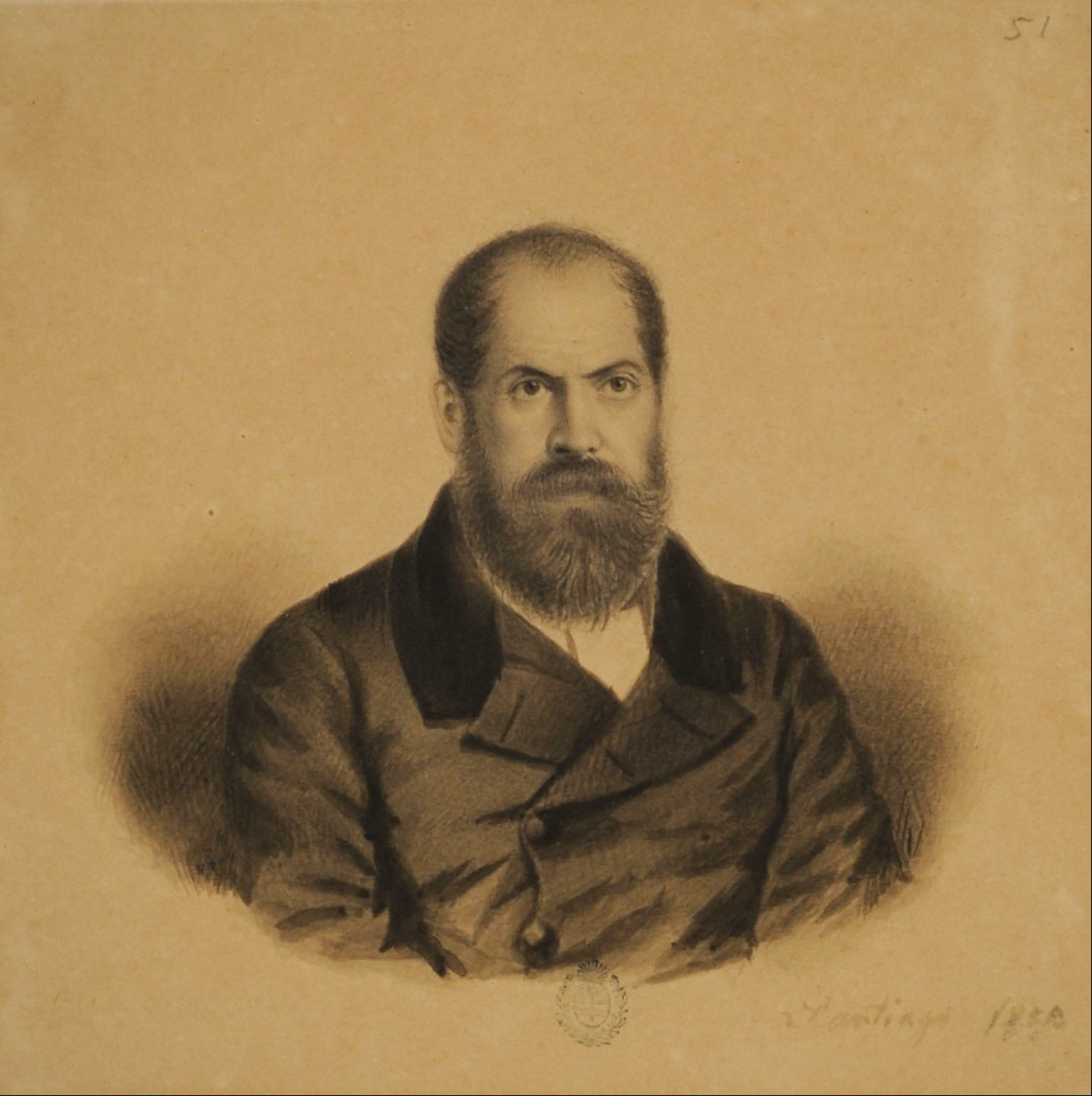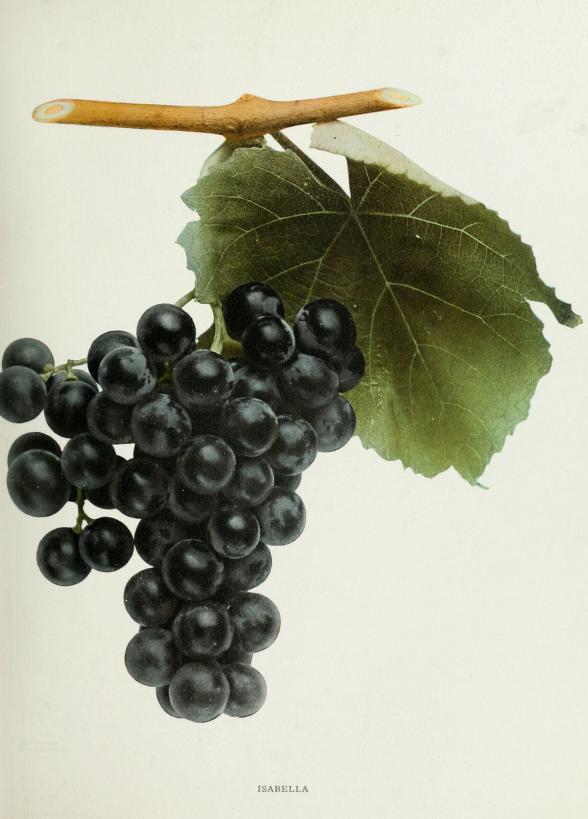|
Brazil (wine)
Brazil is the third-largest producer of wine in South America, behind Argentina and Chile; production in 2018 was , slightly more than New Zealand. In 2019, Brazil was the 15th largest wine producer in the world. A substantial area is devoted to viticulture: in 2018, though much of it produces table grapes rather than wine grapes. Better quality wines () are produced from the European grapevine ''Vitis vinifera'', and in 2003 only some were planted with such vines. The rest are American vines or hybrid vines, many of which are easier to cultivate under Brazilian growing conditions. Climate and geography Brazil is located on the equator, though its enormous size and topographic variation mean that climate varies widely. While wine grapes are traditionally thought of as unsuitable for hot climates, winemaking has been successful both in equatorial climates as well as temperate ones. Most of the wine production of Brazil is concentrated in the temperate south of the country, ... [...More Info...] [...Related Items...] OR: [Wikipedia] [Google] [Baidu] |
Argentina Wine
Argentina is the fifth largest producer of wine in the world.H. Johnson & J. Robinson ''The World Atlas of Wine'' pg 300-301 Mitchell Beazley Publishing 2005 Argentine wine, as with some aspects of Argentine cuisine, has its roots in Spain. During the Spanish colonization of the Americas, vine cuttings were brought to Santiago del Estero in 1557, and the cultivation of the grape and wine production stretched first to neighboring regions, and then to other parts of the country. Historically, Argentine winemakers were traditionally more interested in quantity than quality with the country consuming 90% of the wine it produces ( per capita according to 2006 figures). Until the early 1990s, Argentina produced more wine than any other country outside Europe, though the majority of it was considered unexportable. However, the desire to increase exports fueled significant advances in quality. Argentine wines started being exported during the 1990s, and are currently growing in popula ... [...More Info...] [...Related Items...] OR: [Wikipedia] [Google] [Baidu] |
Isabella (grape)
The Isabella grape is a cultivar derived from the grape species '' Vitis labrusca'' or 'fox grape,' which is used for table, juice and wine production.winepros.com.au. appellationamerica.coIsabella/ref> Appearance and use The skin of Isabella when ripened is a dark purple, almost black with a tender green-yellow flesh. It has large well formed fruit clusters with thick bloom. It is a slip skin variety, meaning that the skin separates easily from the fruit. The grapes are used to make wine, most notably Uhudler and Fragolino. The Isabella, ''Vitis x labruscana'', being of hybrid parentage, imparts a " foxiness" to the wine and because of this is thought to be objectionable, therefore it is not seen as a grape capable of making fine wines. For the table the flavour is good though with the astringent tough skin and "foxy" aroma is objectionable for some tastes.winemaking.jackkeller.neWinemaking Questions, Page 2: Isabella Grapes/ref> History Isabella, although popularly classif ... [...More Info...] [...Related Items...] OR: [Wikipedia] [Google] [Baidu] |
Madeira
) , anthem = ( en, "Anthem of the Autonomous Region of Madeira") , song_type = Regional anthem , image_map=EU-Portugal_with_Madeira_circled.svg , map_alt=Location of Madeira , map_caption=Location of Madeira , subdivision_type=Sovereign state , subdivision_name=Portugal , established_title=Discovery , established_date=1418-1419 , established_title2=Settlement , established_date2=c. 1425 , established_title3=Autonomous status , established_date3=30 April 1976 , named_for = en, wood ( pt, madeira) , official_languages=Portuguese , demonym= en, Madeiran ( pt, Madeirense) , capital = Funchal , government_type=Autonomous Region , leader_title1=Representative of the Republic , leader_name1=Irineu Barreto , leader_title2=President of the Regional Government of Madeira , leader_name2=Miguel Albuquerque , leader_title3=President of the Legislative Assembly , leader_name3=José Manuel Rodrigues , legislature= Legislative Assembly , national_representation=National ... [...More Info...] [...Related Items...] OR: [Wikipedia] [Google] [Baidu] |
Azores
) , motto =( en, "Rather die free than subjected in peace") , anthem= ( en, "Anthem of the Azores") , image_map=Locator_map_of_Azores_in_EU.svg , map_alt=Location of the Azores within the European Union , map_caption=Location of the Azores within the European Union , subdivision_type=Sovereign state , subdivision_name=Portugal , established_title=Settlement , established_date=1432 , established_title3=Autonomous status , established_date3=30 April 1976 , official_languages=Portuguese , demonym= ( en, Azorean) , capital_type= Capitals , capital = Ponta Delgada (executive) Angra do HeroĂsmo (judicial) Horta (legislative) , largest_city = Ponta Delgada , government_type=Autonomous Region , leader_title1=Representative of the Republic , leader_name1=Pedro Manuel dos Reis Alves Catarino , leader_title2= President of the Legislative Assembly , leader_name2= LuĂs Garcia , leader_title3= President of the Regional Government , leader_name3=JosĂ© Manuel Bolieiro , le ... [...More Info...] [...Related Items...] OR: [Wikipedia] [Google] [Baidu] |
Jesuit
, image = Ihs-logo.svg , image_size = 175px , caption = ChristogramOfficial seal of the Jesuits , abbreviation = SJ , nickname = Jesuits , formation = , founders = , founding_location = , type = Order of clerics regular of pontifical right (for men) , headquarters = Generalate:Borgo S. Spirito 4, 00195 Roma-Prati, Italy , coords = , region_served = Worldwide , num_members = 14,839 members (includes 10,721 priests) as of 2020 , leader_title = Motto , leader_name = la, Ad Majorem Dei GloriamEnglish: ''For the Greater Glory of God'' , leader_title2 = Superior General , leader_name2 = Fr. Arturo Sosa, SJ , leader_title3 = Patron saints , leader_name3 = , leader_title4 = Ministry , leader_name4 = Missionary, educational, literary works , main_organ = La CiviltĂ Cattolica ... [...More Info...] [...Related Items...] OR: [Wikipedia] [Google] [Baidu] |
SĂŁo Paulo (state)
SĂŁo Paulo () is one of the Federative units of Brazil, 26 states of the Brazil, Federative Republic of Brazil and is named after Paul of Tarsus, Saint Paul of Tarsus. A major industrial complex, the state has 21.9% of the Brazilian population and is responsible for 33.9% of Brazil's GDP. SĂŁo Paulo also has the List of Brazilian federative units by Human Development Index, second-highest Human Development Index (HDI) and GDP per capita, the List of Brazilian states by infant mortality, fourth-lowest infant mortality rate, the List of Brazilian states by life expectancy, third-highest life expectancy, and the List of Brazilian states by literacy rate, third-lowest rate of illiteracy among the federative units of Brazil. SĂŁo Paulo alone is wealthier than Argentina, Uruguay, Paraguay, and Bolivia combined. SĂŁo Paulo is also the world's twenty-eighth-most populous Administrative division, sub-national entity and the most populous sub-national entity in the Americas. With more than 4 ... [...More Info...] [...Related Items...] OR: [Wikipedia] [Google] [Baidu] |
Australian Wine
The Australian wine industry is one of the world's largest exporters of wine, with approximately 800 million out of the 1.2 to 1.3 billion litres produced annually exported to overseas markets. The wine industry is a significant contributor to the economy of Australia, Australian economy through production, employment, export, and tourism. There is a $3.5 billion domestic market for Australian wines, with Australians consuming approximately 500 million litres annually. Norfolk Islanders are the second biggest per capita wine consumers in the world with 54 litres. Only 16.6% of wine sold domestically is imported. Wine is produced in every state, with more than 60 designated wine regions totalling approximately 160,000 hectares; however Australia's wine regions are mainly in the southern, cooler parts of the country, with vineyards located in South Australian wine, South Australia, New South Wales wine, New South Wales, Victorian wine, Victoria, Western Australian wine, ... [...More Info...] [...Related Items...] OR: [Wikipedia] [Google] [Baidu] |
South African Wine
South African wine has a history dating back to 1659 with the first bottle being produced in Cape Town by its founder and gouverner Jan van Riebeeck. Access to international markets led to new investment in the South African wine market. Production is concentrated around Cape Town, with major vineyard and production centres at Constantia, Paarl, Stellenbosch and Worcester. There are about 60 appellations within the Wine of Origin (WO) system, which was implemented in 1973 with a hierarchy of designated production regions, districts and wards. WO wines must only contain grapes from the specific area of origin. "Single vineyard" wines must come from a defined area of less than 6 hectares. An "Estate Wine" can come from adjacent farms if they are farmed together and wine is produced on site. A ward is an area with a distinctive soil type or climate and is roughly equivalent to a European appellation. History The roots of the South African wine industry can be traced to the expl ... [...More Info...] [...Related Items...] OR: [Wikipedia] [Google] [Baidu] |
Hot Semi-arid Climate
A semi-arid climate, semi-desert climate, or steppe climate is a dry climate sub-type. It is located on regions that receive precipitation below potential evapotranspiration, but not as low as a desert climate. There are different kinds of semi-arid climates, depending on variables such as temperature, and they give rise to different biomes. Defining attributes of semi-arid climates A more precise definition is given by the Köppen climate classification, which treats steppe climates (''BSk'' and ''BSh'') as intermediates between desert climates (BW) and humid climates (A, C, D) in ecological characteristics and agricultural potential. Semi-arid climates tend to support short, thorny or scrubby vegetation and are usually dominated by either grasses or shrubs as it usually can't support forests. To determine if a location has a semi-arid climate, the precipitation threshold must first be determined. The method used to find the precipitation threshold (in millimeters): *multiply by ... [...More Info...] [...Related Items...] OR: [Wikipedia] [Google] [Baidu] |
Pernambuco
Pernambuco () is a state of Brazil, located in the Northeast region of the country. With an estimated population of 9.6 million people as of 2020, making it seventh-most populous state of Brazil and with around 98,148 km², being the 19th-largest in area among federative units of the country, it is the sixth-most densely populated with around 89 people per km². Its capital and largest city, Recife, is one of the most important economic and urban hubs in the country. Based on 2019 estimates, the Recife Metropolitan Region is seventh-most populous in the country, and the second-largest in northeastern Brazil. In 2015, the state had 4.6% of the national population and produced 2.8% of the national gross domestic product (GDP). The contemporary state inherits its name from the Captaincy of Pernambuco, established in 1534. The region was originally inhabited by Tupi-Guarani-speaking peoples. European colonization began in the 16th century, under mostly Portuguese rule in ... [...More Info...] [...Related Items...] OR: [Wikipedia] [Google] [Baidu] |
SĂŁo Francisco River
The São Francisco River (, ) is a large river in Brazil. With a length of , it is the longest river that runs entirely in Brazilian territory, and the fourth longest in South America and overall in Brazil (after the Amazon, the Paraná and the Madeira). It used to be known as the by the indigenous people before colonisation, and is today also known as . The São Francisco originates in the Canastra mountain range in the central-western part of the state of Minas Gerais. It runs generally north in the states of Minas Gerais and Bahia, behind the coastal range, draining an area of over , before turning east to form the border between Bahia on the right bank and the states of Pernambuco and Alagoas on the left one. After that, it forms the boundary between the states of Alagoas and Sergipe and washes into the Atlantic Ocean. In addition to the five states which the São Francisco directly traverses or borders, its drainage basin also includes tributaries from the state of Goià ... [...More Info...] [...Related Items...] OR: [Wikipedia] [Google] [Baidu] |



_(cropped).jpg)

.jpg)




